We're on a year-end shipping break - shipping will resume on Jan 6. The webshop is open though, and we're available via email!
We're on a year-end shipping break - shipping will resume on Jan 6. The webshop is open though, and we're available via email!
Spinning Fiber
Notions & Gifts
Books, Magazines & Patterns
About Us
We're here to help you stitch sustainability into every aspect of your making.
With our carefully curated selection of non-superwash, plastic-free yarns and notions, we have everything you need to get started on your next project - and the one after that.
Here's to a wardrobe of knits we love and want to wear for years to come!
We're here to help you stitch sustainability into every aspect of your making.
With our carefully curated selection of non-superwash, plastic-free yarns and notions, we have everything you need to get started on your next project - and the one after that.
Here's to a wardrobe of knits we love and want to wear for years to come!

Our Sustainability Pledge

Our Blog
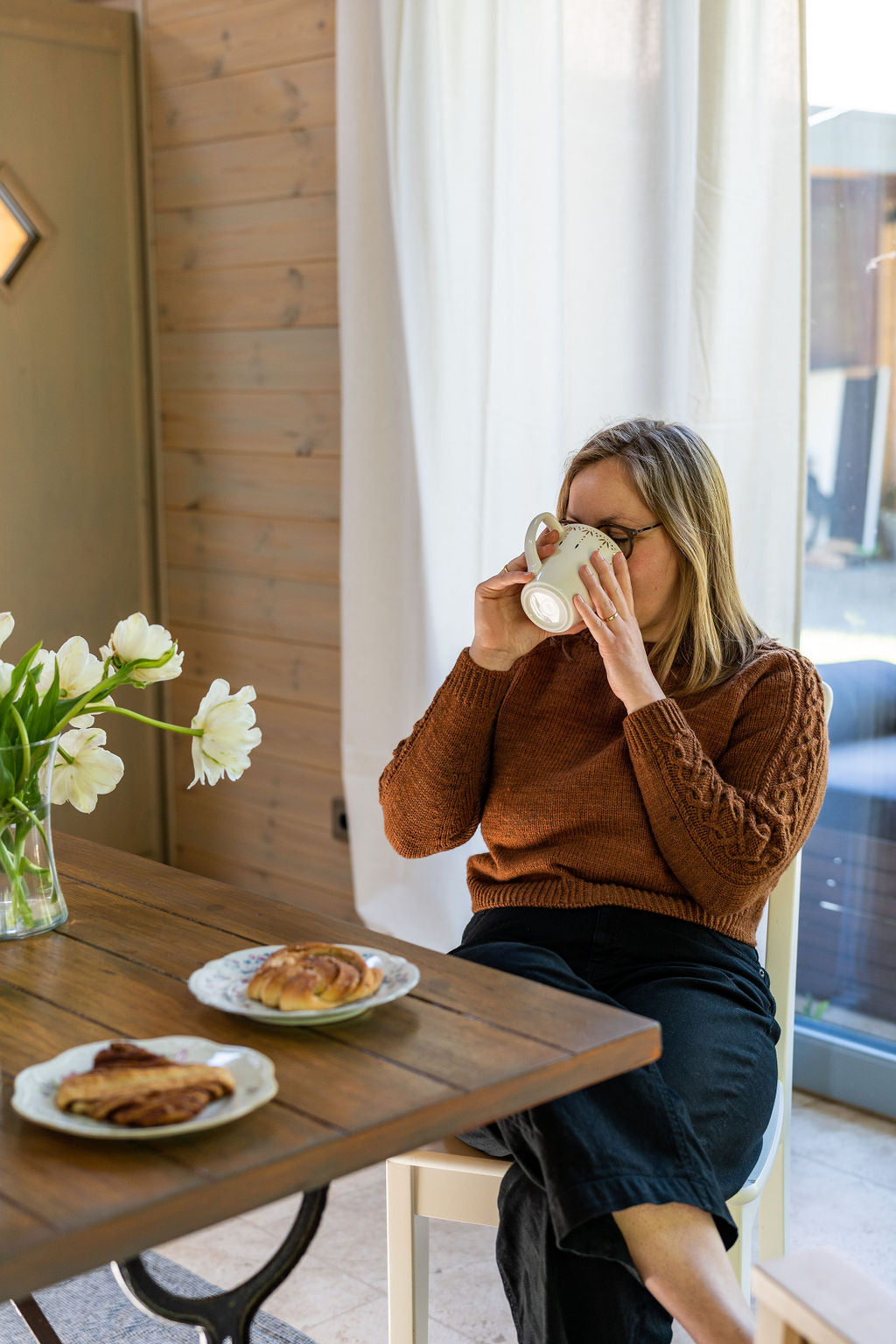
Our Podcast

The Making Stories Collective
Knitting Sustainably On A Budget - Is It Possible?
June 24, 2020 6 min read 1 Comment

Let's cut to the chase right away: Yarn is expensive. Traceable, ethically and sustainably produced yarn even more so. It's not rare that a 50g skein of sustainable yarn comes in at EUR 15 or more. Which is, when you consider the factors that contribute to that number - fair compensation for everyone involved in the yarn production process, the cost of setting up sustainable, maybe even certified production processes, as well as offsetting your CO2 emissions, for example - often a fair price!
Sadly, though, it's one that quite a lot of us cannot afford. So how do we solve the conundrum of wanting to knit with sustainable yarns, and yet not having the budget for them?
1 - Quality over quantity.
For the first few years of my knitting life, I built up a stash that made me very happy at first, and then … not so much anymore. I had too much yarn to ever knit through, and quite a few beautiful skeins just didn't feel right for me anymore. I did a couple of destashes to find loving homes for them, and slowly worked my way towards this realization:
At the core of my definition of sustainability lies the desire to not use more than I need. Which, translated into yarn, means that I prefer to not buy a lot of yarn and build up a big stash, but rather to take my time with deciding which projects I want to make, which yarn I want to use, and to save up for it if need be.
A nice side effect of this was that I was suddenly spending a lot less on yarn, making it possible to invest in yarn that was more expensive than what I used to buy. Plus, I was a lot happier with the FOs of those projects in which I invested a lot of time thinking, researching and picking yarns.
2 - Destashes.
Destashes are great for two reasons:
-
If you do your own destash - i.e. sell yarn from your stash that you no longer need or want - you make money which you can then invest in other yarn, should you wish to do so.
-
If you buy yarn from a destash, it's usually a bit cheaper than if you bought it “new”. In addition to that, yarn that is knit with is always more sustainable than yarn that just occupies shelf space somewhere - after all, it's a product that has been produced using resources of our planet, so making something with it that we're wearing ensures that those resources have been put to good use.
You can find a lot of destashes on Ravelry, and quite a few people have started destashing via Instagram now as well. Or you could organize a small Whatsapp group with your knitter friends and do a virtual destash through that!
3 - Yarn swaps.
Sort of like a destash, but instead of exchanging money, you're exchanging yarn for yarn! This can be a great way to rehome superwash yarn to a loving parent, or colorways that are not exactly you anymore to someone who loves them.
You can find yarn swap partners on Ravelry, or Instagram, or ask around in your knitting group!
4 - Sales.

This might be an obvious one, but keeping an eye out for sales for a specific yarn that you had in mind for a project can also pay off!
Sales can come from the yarn company directly, but also from your LYS or another yarn shop that you're fond of, so broadening your search to include those is always a good idea.
A quick side note on this point: I debated with myself whether to actually include it or not, as sales often mean a significantly reduced margin for whoever is holding them - especially for small businesses and brick-and-mortar stores.
Sometimes they happen because a company might need cash right now (which is what we've seen a lot during the Covid-19 crisis) and decides to forego profit for money in the bank. So, if you can afford it, I encourage you to not buy from sales or use a coupon code, even if it's being offered. Trust me, the business owner at the other end of the yarn string will appreciate it.
5 - Combining shipping.
Small things add up as well when you're thinking about it: Shipping, especially for yarns that come from a bit further away, can quickly become expensive! Combining orders with your friends or knitting group can often lead to lower shipping costs for every knitter who participates, making the yarn purchase a little bit more affordable.
6 - Community yarn funds.
Quite a few indie dyers have started community yarn funds recently to offer project quantities to knitters who might otherwise not be able to afford their yarn.
The rules are different depending on which dyer you're looking at; generally, though, you can apply for yarn or a project quantity that is paid for by someone else if you'd like to work with the dyer's yarn, but it's out of your budget. Check out your favorite indie dyer's website or Instagram to see if they're offering a yarn fund!
7 - Reclaiming yarn.
You know how sometimes you've finished that sweater that you longed to have in your closet for a long, long time, only to never pull it out and wear it? (I know I have. More than once.) Reclaiming the yarn that you used for it is one of the easiest ways to get “new” yarn, and it's super sustainable as you're not using any new product! (Writing this inspired me to take out a beautiful all-over cabled sweater that I made a few years ago and wore NOT A SINGLE TIME. The yarn is too gorgeous and too precious to just lie in my closet. It'll get unravelled and made into something new!)
I've also seen that knitters start destashing their FOs - mostly on Instagram, but I'm sure you can find some on Ravelry too! Asking around in your knitting group or circle of knitting friends, or going to the thrift store are other ways to find unworn FOs that would make for excellent opportunities to reclaim yarn.
I love this series of tutorials on how to unravel a sweater and iron out the kinks in the yarn - just in case you're looking for one!
8 - Test knitting with yarn discounts.
This one is a bit of a special case, so I saved it up for last: Quite often, designers or publications will offer discounts for yarns to their test knitters. We do this for most of our patterns - the discounts being generously provided by our yarn partners (thank you!!) - as we find that working with the yarn the pattern was designed for during test knitting helps to straighten out things like yardage recommendations more easily. Plus, our yarn partners get new projects on Ravelry!
The catch here is that you're obviously expected to knit a specific pattern with the yarn. Nothing says you can't unravel and re-use after the test knit, but first, you'll need to complete the test knit.
Phew! This was a LOT longer than I planned for, and not nearly as detailed as I had hoped it would be. While I wish sustainable yarns were affordable to everyone, regardless of their budget and financial situation, a core part of what makes them sustainable is fair wages and compensation for everyone involved in the production chain. That, per definition, makes those yarns more expensive than others. I might not have the perfect (hell, not even a good answer) to the question of how knitting sustainably on a budget is possible. But I hope that the ideas I shared are useful and helpful, even if only as a starting point.
I know that financial accessibility is a difficult subject and very often strongly tied to privilege, so I'd be thrilled to open up a conversation about these ideas. Simply leave a comment down below or send us an email to chat!
1 Response
Leave a comment
Comments will be approved before showing up.
Also in Blog

Thoughts on closing down a knitting magazine
November 19, 2024 12 min read
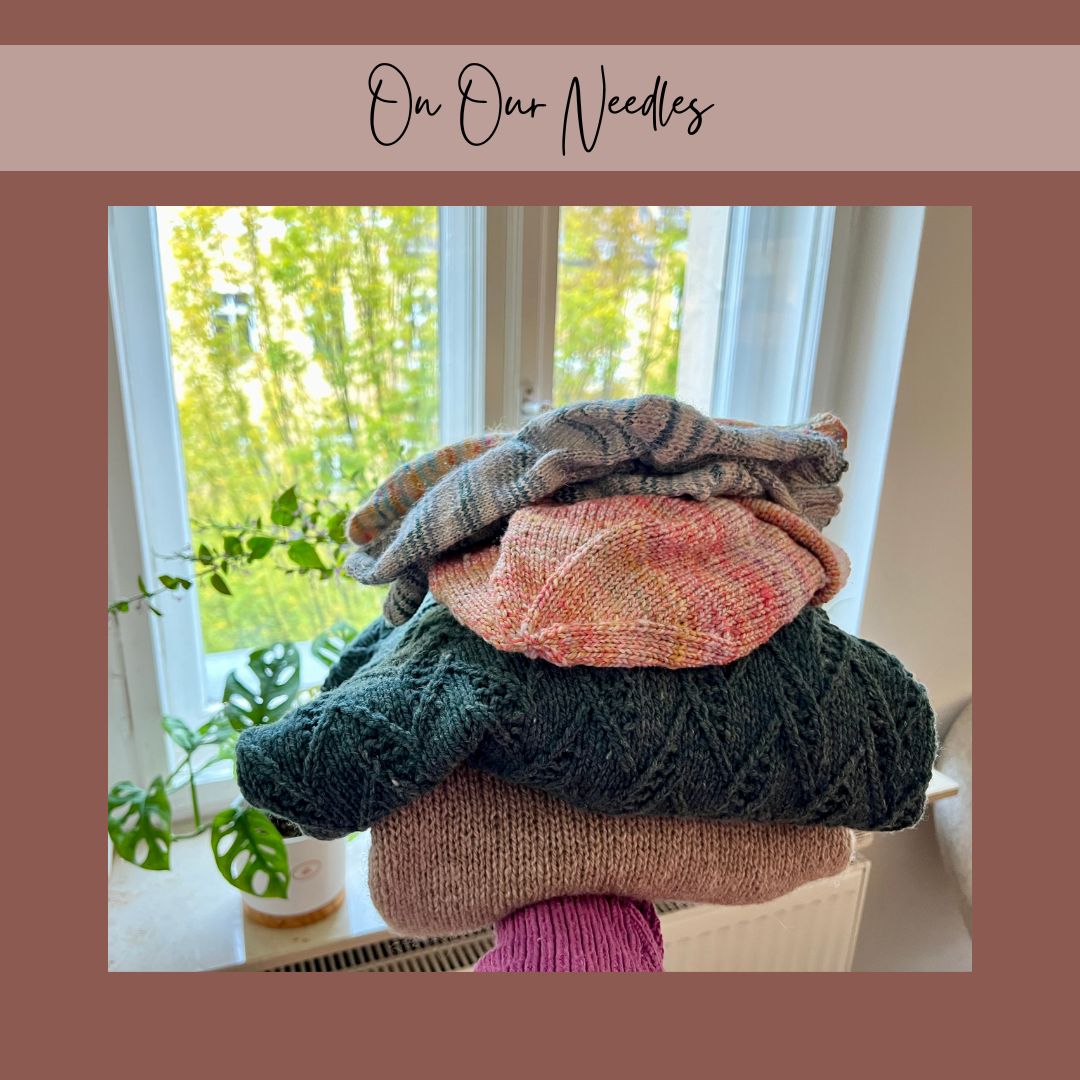
All the knits I finished while recovering from surgery
October 28, 2024 8 min read
About three weeks ago, I had surgery. Nothing major, and it was planned - but it was my first time undergoing general anaesthesia and facing an uncertain recovery period, both of which made me quite nervous. I knew that I was going to be in the hospital for two days, if everything went well, but then it was between one and three weeks of recovering at home, depending on how fast my body was going to heal.
Needless to say, I packed knitting for the hospital, but I didn’t feel like picking up my needles until my second day in the hospital. And then I knit. I knit, and knit, and knit. Curiously enough, I always get the urge to clear off my needles this time of the year - something about the weather changing, sweater season approaching, maybe? And this year, this urge coincided with me wanting to do something while watching copious amounts of Netflix without having to think very hard about what I was going to knit. Win win!

Art Nouveau Sample Preview Video - Issue 12, Fall & Winter 2024
June 26, 2024 1 min read
Who Is Making Stories?
We're a delightfully tiny team dedicated to all things sustainability in knitting. With our online shop filled with responsibly produced yarns, notions and patterns we're here to help you create a wardrobe filled with knits you'll love and wear for years to come.
Are you part of the flock yet?
Sign up to our weekly newsletter to get the latest yarn news and pattern inspiration!

Join the Making Stories flock!
Every Tuesday our newsletter arrives in your inbox, full to the brim with Making Stories goodness. If you would like to join in on the fun, fill in the form below.
As a thank you, we gift you a digital publication of your choice!


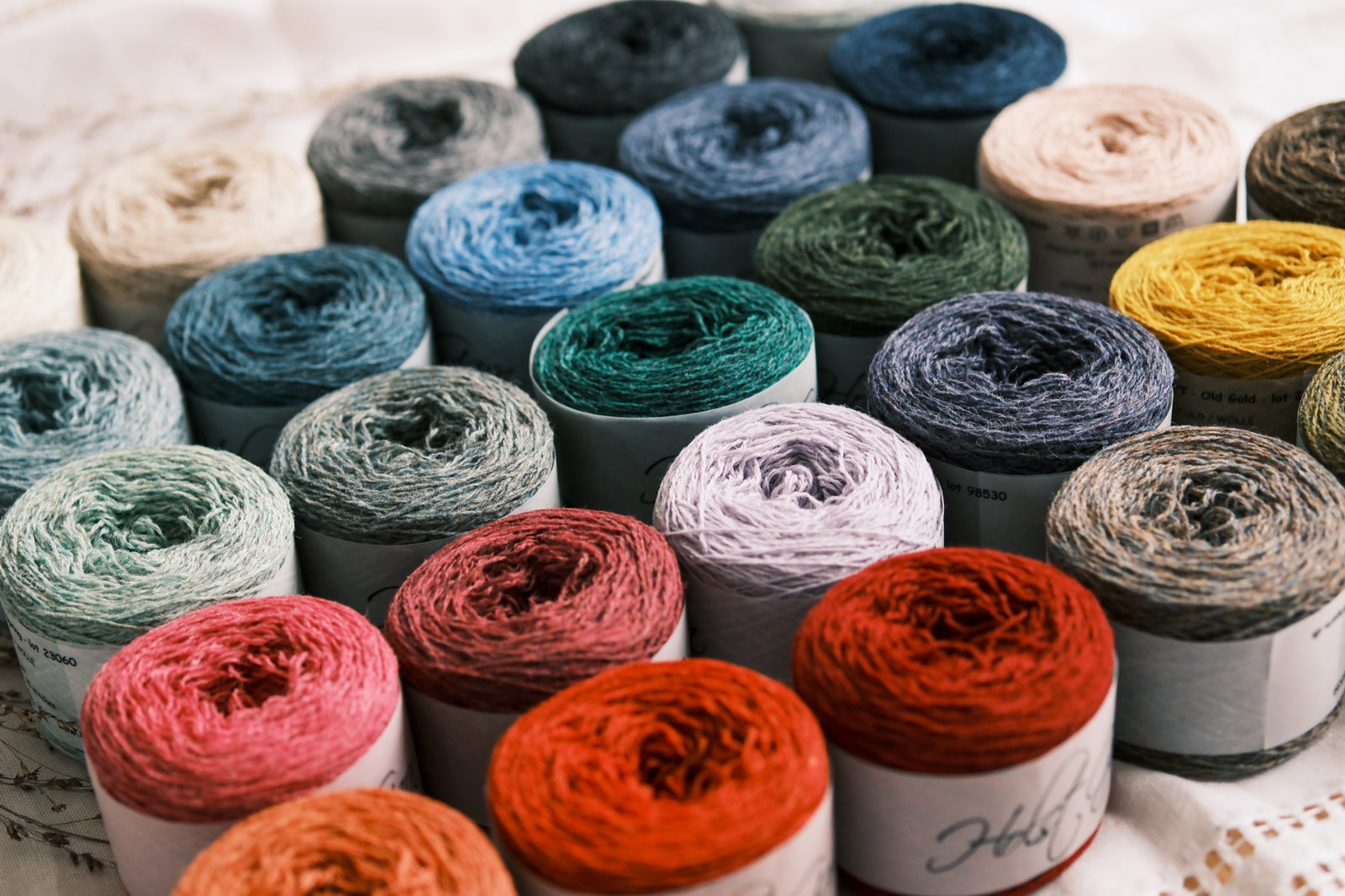

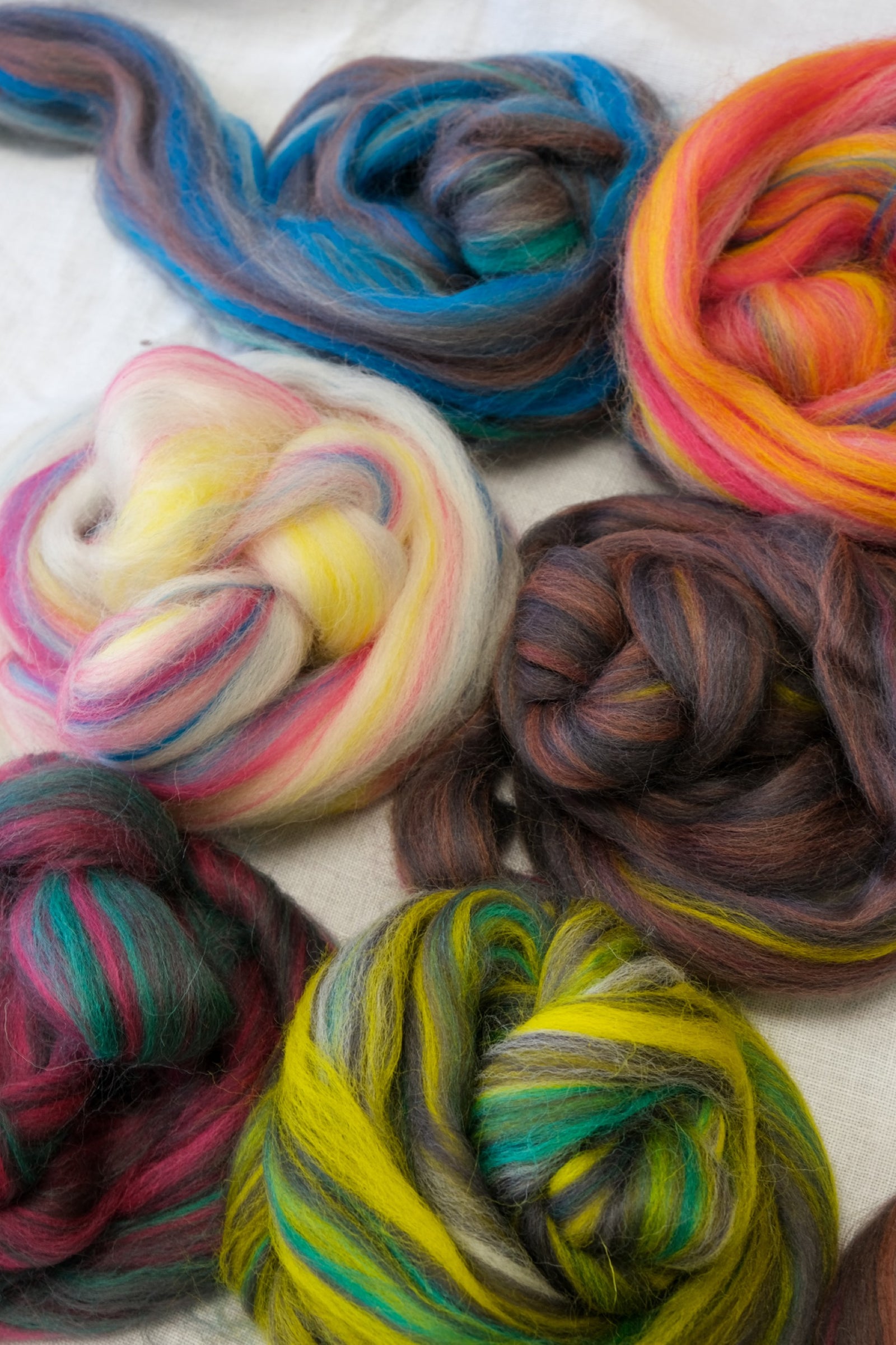
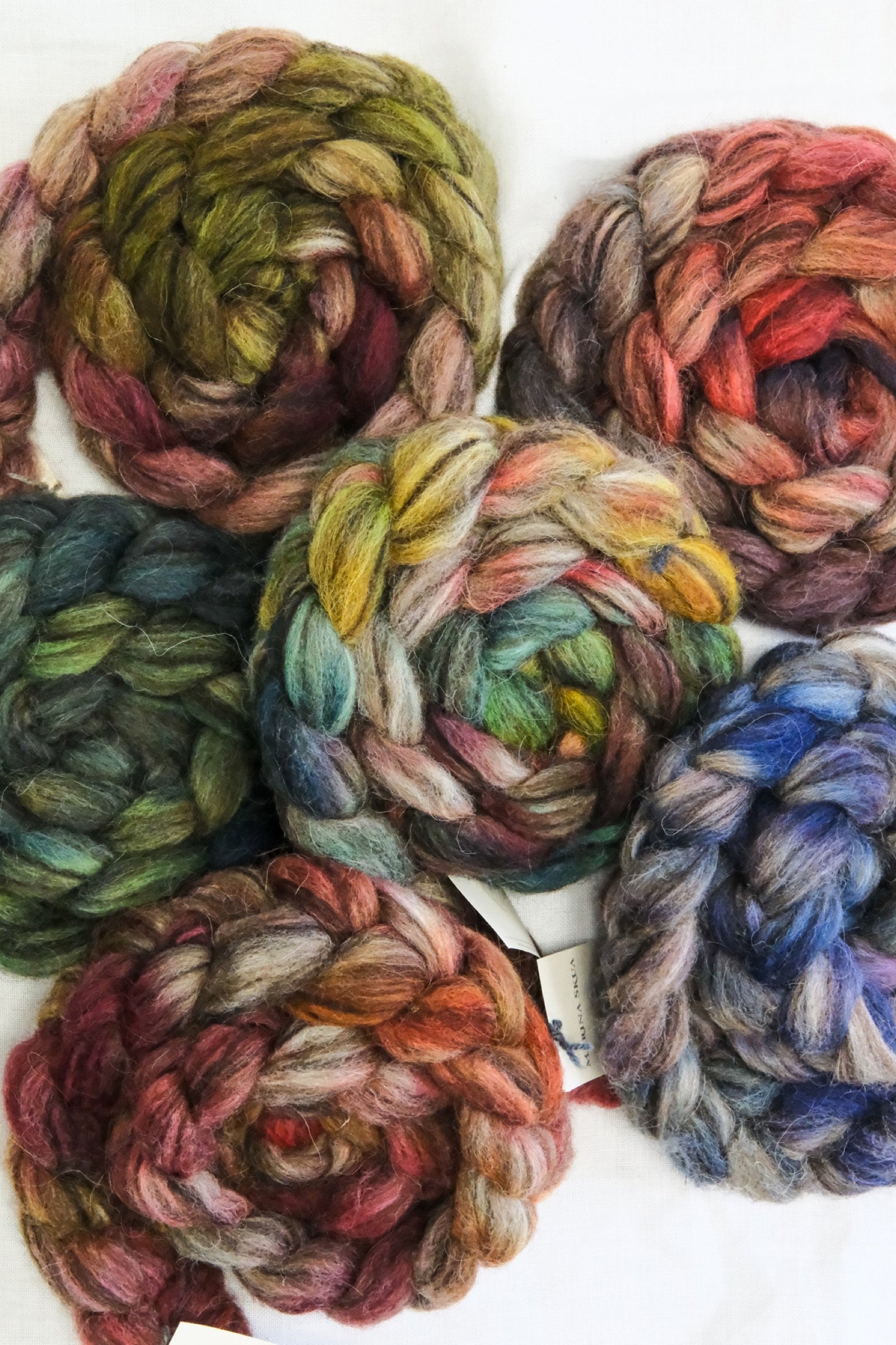

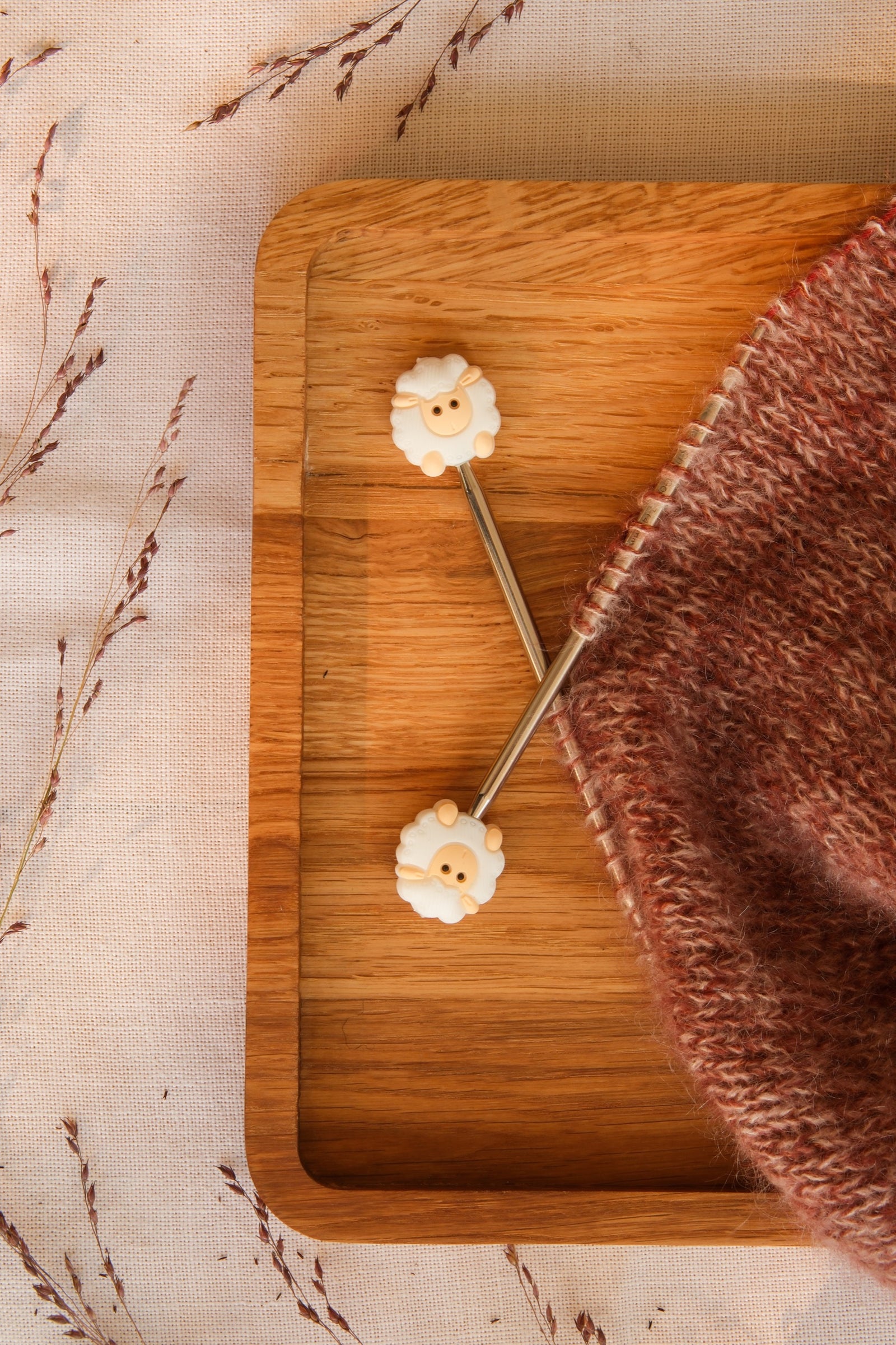
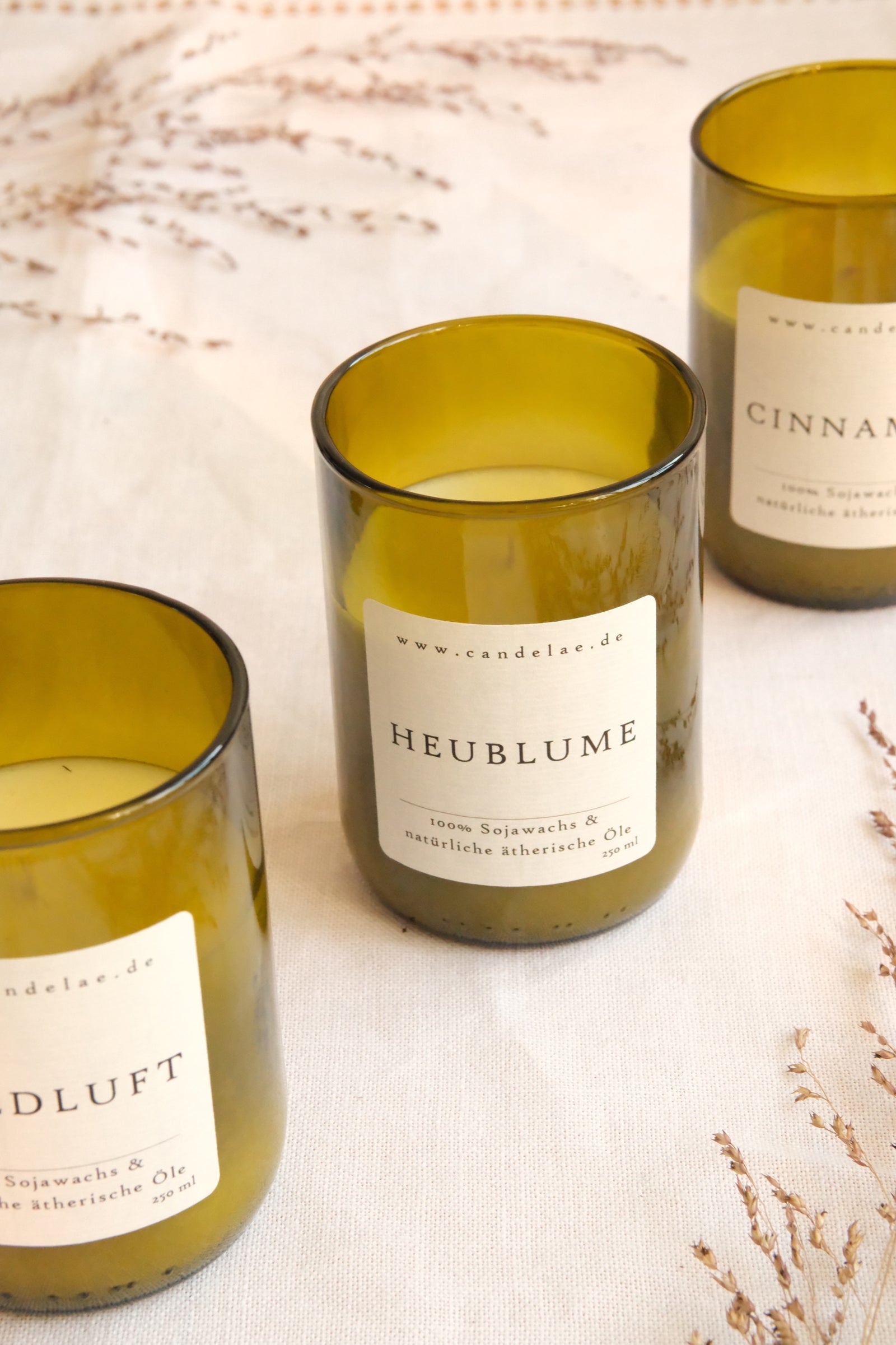

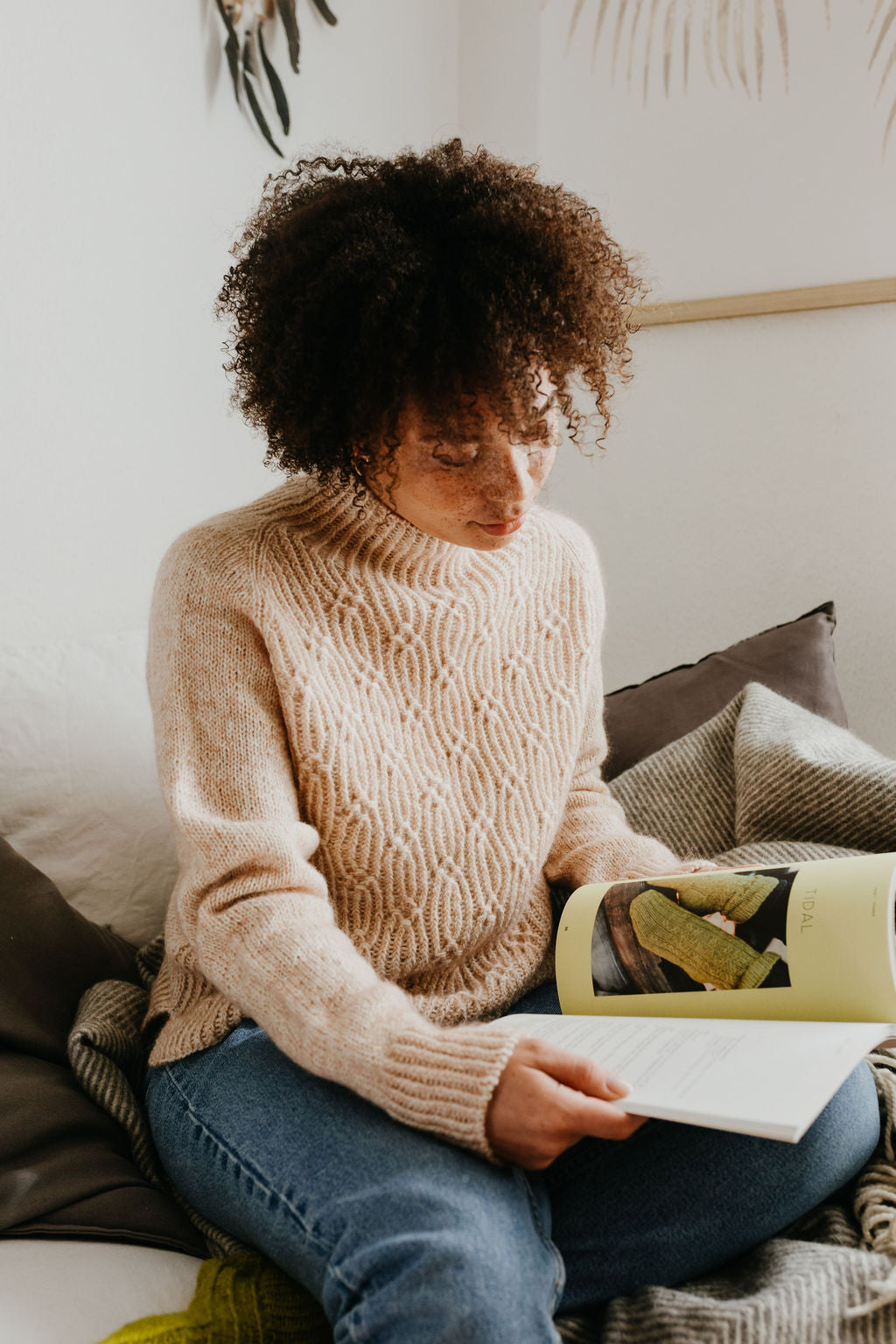
Lisbeth Karlsson
June 24, 2020
Hi!
You forgot the Make your own yarn category. Buy fleece or roving, maybe split with someone, and the startup $ would be handcarders (used) and a spindle. Longterm save-up; an Electric Eel Spinner and you are on your way. Good article!